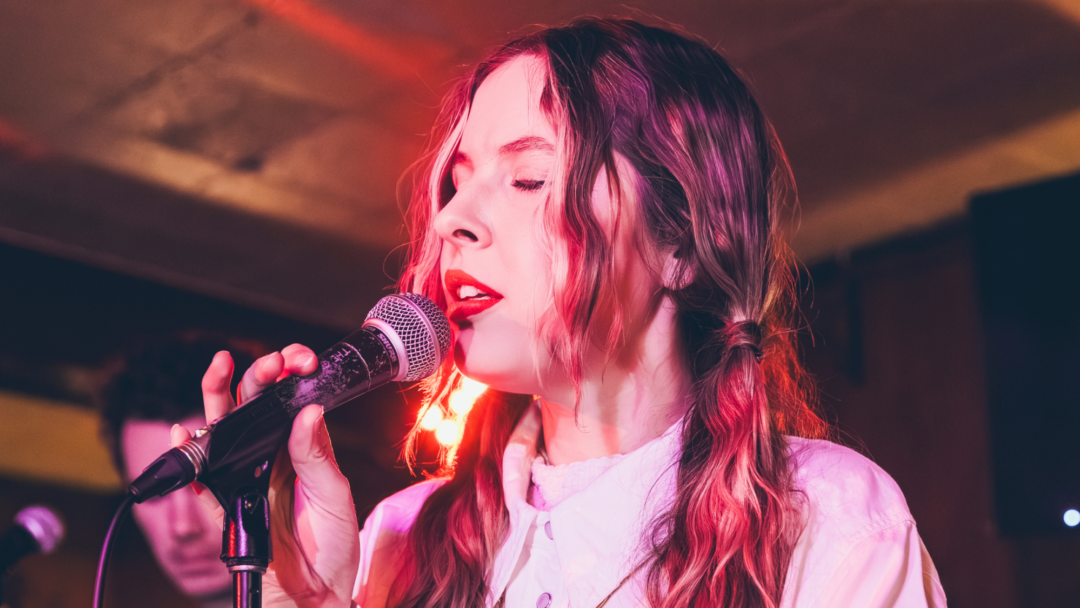Article
In the music industry, equity, diversity, and inclusion are words we hear often, but they're not always reflected in action. I’ve seen countless organisations celebrating diversity that list gender, race, sexuality, and cultural background but continue to leave out disability entirely.
This isn’t an oversight. It’s a pattern, and it’s contributing to our erasure in the industry.
I continue to see high-profile organisations make public posts and captions about representation, equity, and inclusion. They highlight important issues, for example, the lack of women being represented in the music industry, people of colour, gender-diverse artists, LGBTQIA+, and First Nations artists also being underrepresented, but disability is mostly absent from these conversations.
These posts point out the exclusion and erasure of disabled artists.
This is the reality disabled artists face: speaking up often means being silenced, dismissed, or harassed. We are often told our inclusion can wait until later in diversity conversations that claim to be inclusive, and when the conversation is about us, it’s rarely with us.
The message right now is very clear: our participation is welcome only if it’s comfortable for others.
I know this silence all too well. My disabilities are mostly non-visible: I have Cerebral Palsy, and recently diagnosed with POTs, a chronic condition. Because my disabilities aren’t always obvious, many artists, venues, and industry workers often can’t see them. Assumptions get made about what I can do physically and mentally, which leads to a constant need to explain myself. While education is important with disability, often what I encounter is lack of care, layered with ableism. It’s exhausting to repeatedly have to justify my experience and abilities, it can often feel like a burden of proof.
I’ve been in the music industry for thirteen years now navigating these barriers. As well as having a disability, I’m also a queer woman. Intersectionality adds extra layers of discrimination. For a long time, I tried to hide Cerebral Palsy because the industry offers very limited recognition or representation for disabled artists. This hiding caused me immense anxiety. It was only just before releasing my debut album in 2024, that I embraced my full self publicly.
Financially, being a disabled musician is one of the hardest combinations.
Balancing music with health appointments, all whilst trying to maintain some kind of life outside work, is severely limiting.
Accessibility wise, my mind was always filled with self-conscious thoughts about how I looked and moved on stage. Asking venues or fellow artists for help was difficult because I feared being misunderstood. If I had known more disabled musicians, if the industry had made accessibility and representation a priority, I believe I would have come out about my disabilities much earlier.
All these gaps have real-world consequences. Disabled artists are sidelined, not because of lack of talent, but because the infrastructure and attitudes aren’t in place to support us.
Equity means acknowledging that disability is not a separate issue. People with disabilities exist within all marginalised groups; we are women, First Nations people, LGBTQIA+, people of colour, and gender diverse. Ignoring disability is not just blatantly leaving us out; it’s contributing to the erasure of every part of the communities these organisations claim to support.
Accessibility must be non-negotiable. If representation matters, then disabled artists and industry workers must be visible as an essential and fundamental part of the industry.
It shouldn’t be on disabled people to hold up all the conversations on our inclusion. If you believe in equity, make us part of your conversations from the start, because until disability is worked into every equity conversation, those conversations are incomplete.
